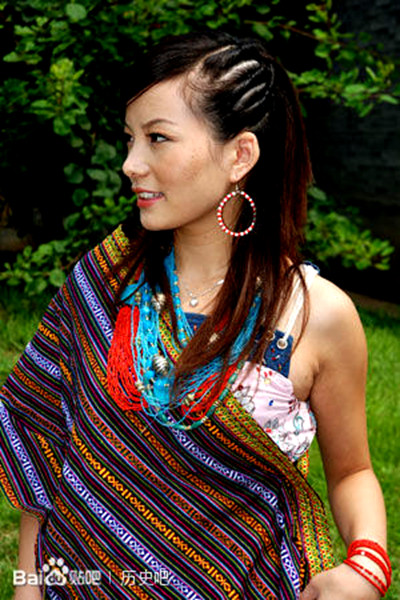The 56 beauties of China’s 56 Ethnics
Han are an ethnic group native to China and, by most modern definitions, the largest single ethnic group in the world.
Han Chinese constitute about 92 percent of the population of the People's Republic of China(mainland China), 98 percent of the population of the Republic of China(Taiwan), 75 percent of the population of Singapore, and about 20 percent of the entire global human population.
An alternate name that many Chinese peoples use to refer to themselves is "Descendants of the Dragon"(Chinese:龙的传人).
China's 56 Ethnic Groups
China officially registers 56 ethnic groups. The ethnic Chinese, known as the Han Chinese, compose 92 percent of the population. Han Chinese speak seven languages, with Mandarin or Putonghua - which means "common speech" -- being the official and most-used. Cantonese, which is spoken in Hong Kong and in China's other southern provinces, is the second most popular. Most of the 55 other ethnic groups use their own languages.
China's minorities account for a small 8 percent of the entire population. They live along the country's borders and some of them live on both sides.
China has five Autonomous Regions for its minorities:Guangxi, Xinjiang, Tibet, Inner Mongolia and Ningxia.
Chinese has high numbers of Chinese troops stationed in Tibet, Xinjiang and along the border provinces. The Western powers have attempted many times to separate these areas from China ever since early 19th Century. The independent groups are based in USA and supported mainly by the American political parties.
China was ruled by Han most of the time in the past except in Yuen Dynasty that Mongols ruled for less than 100 years and in Qing Dynasty, Manchuria ruled for almost 300 years. China's boundary today was solidified in early Qing Dynasty in early 17th Century.
China is a multi-culture and multi-disciplined society for a few thousand years. All minorities in China today have the equal right as Han Chinese. Since minorities reside in the remote area and usually poor, Chinese government has preference policy to provide training for the minorities to progress, govern and manage.
Chinese would like to enjoy the peaceful environment and definitely can accommodate all religions and nationalities if there is no foreign interference.
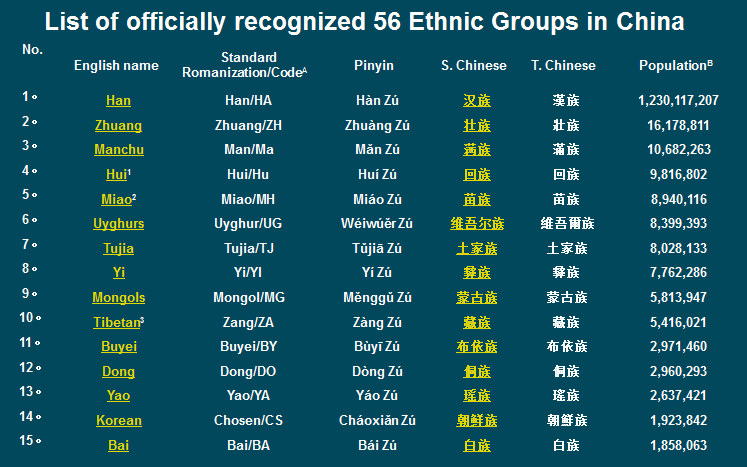

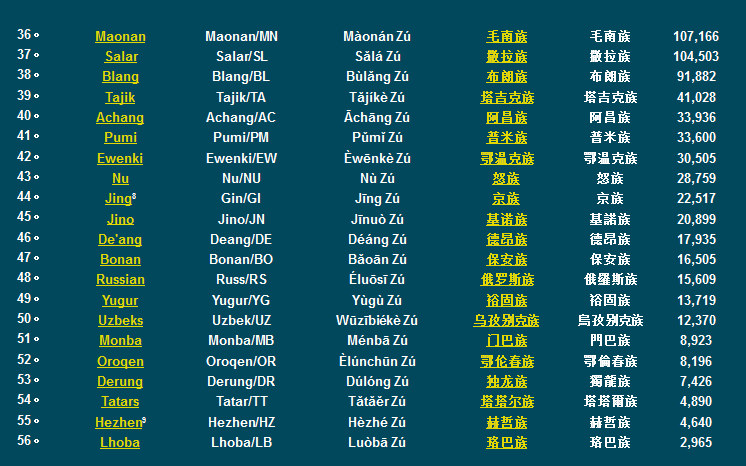
1、 汉族
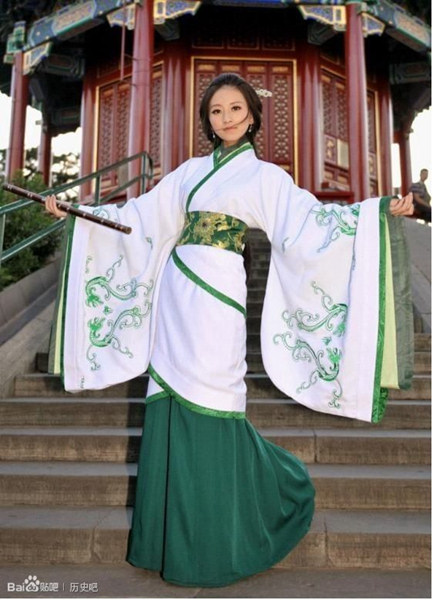
2、壮族
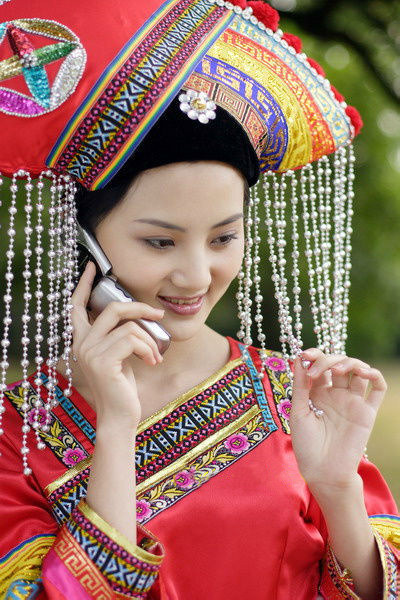
3、满族
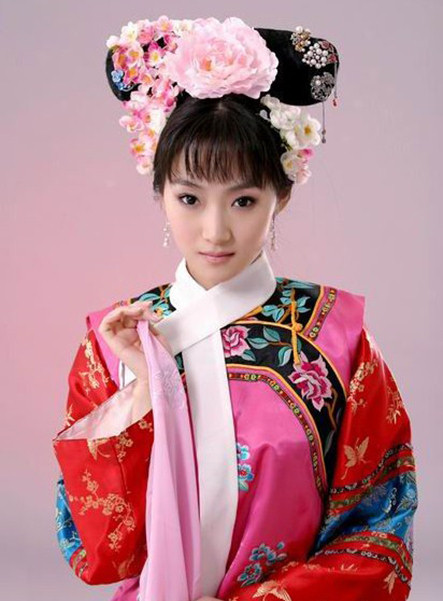
4、回族
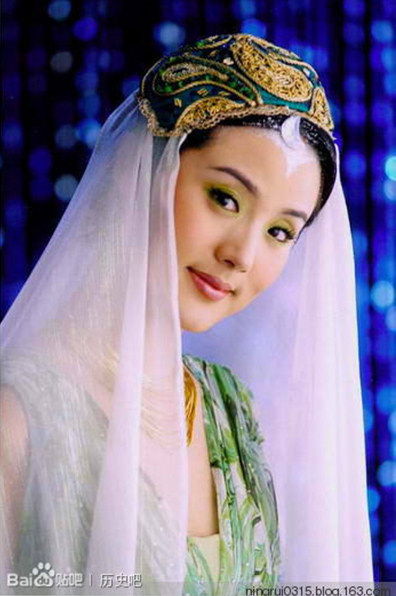
5、苗族
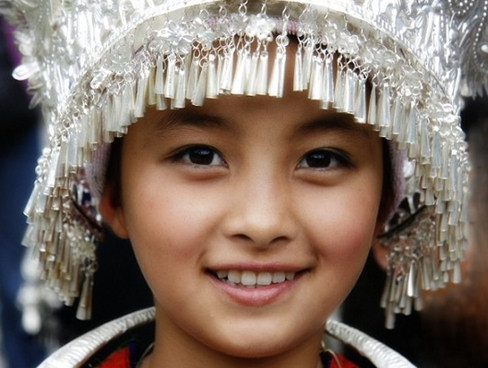
6、维吾尔族

7、土家族
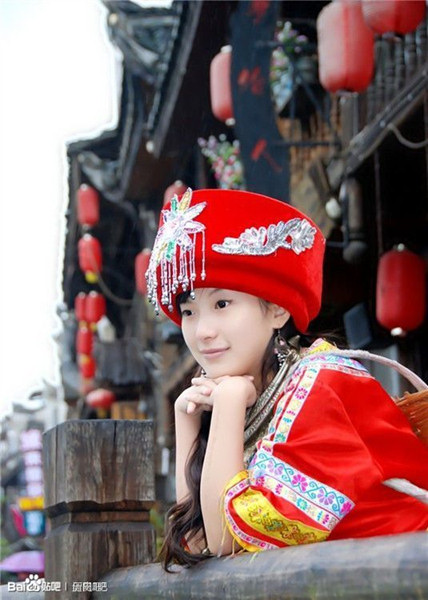
8、彝族
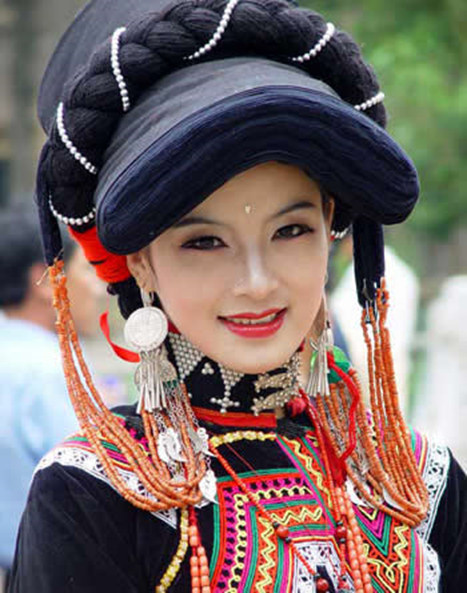
9、蒙古族
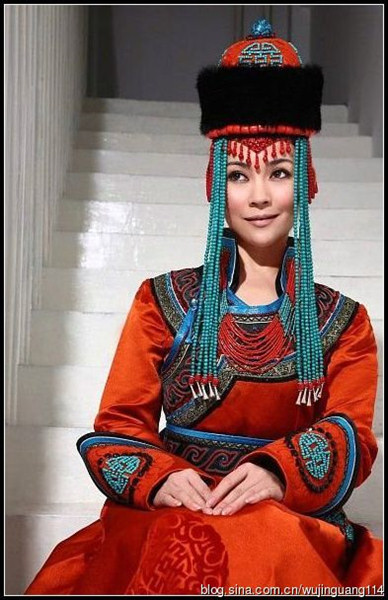
10、藏族
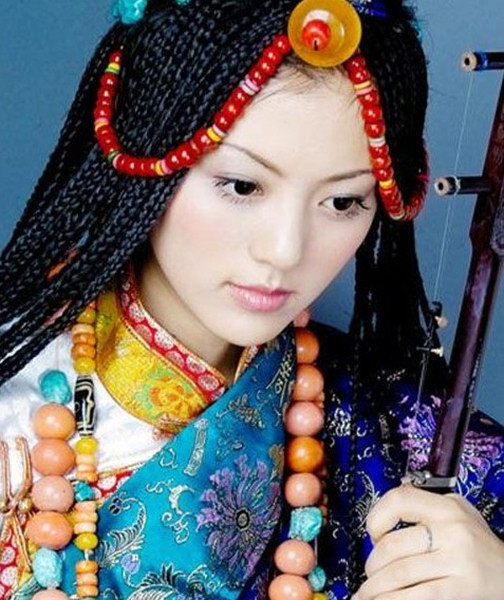
11、布依族
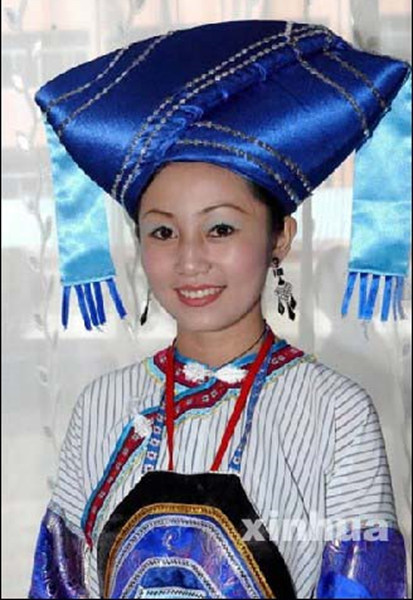
12、侗族
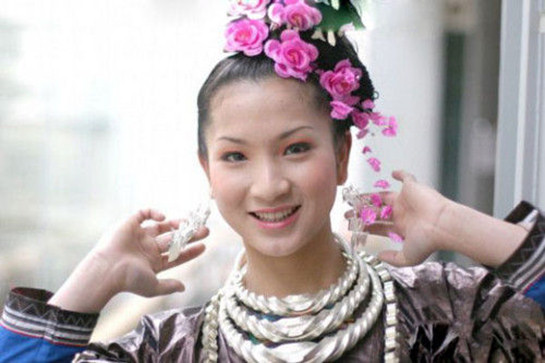
13、瑶族

14、朝鲜族
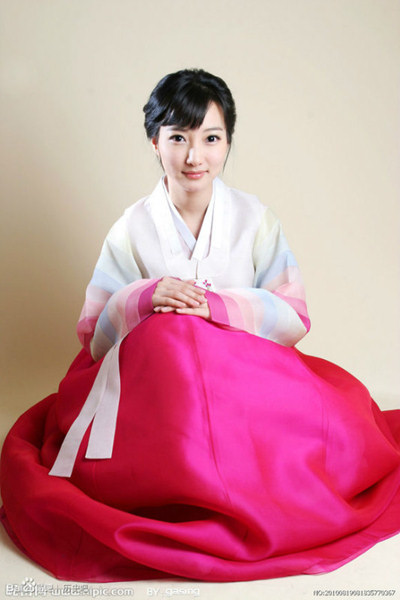
15、白族
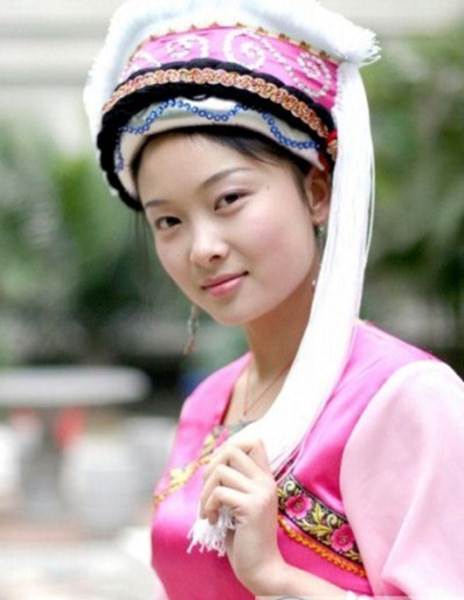
16、哈尼族
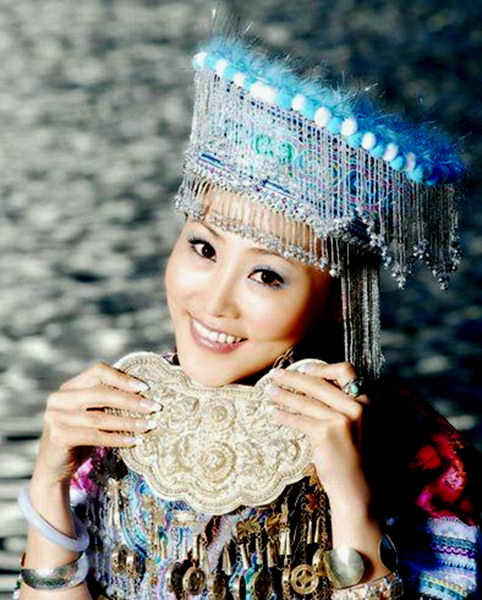
17、哈萨克族
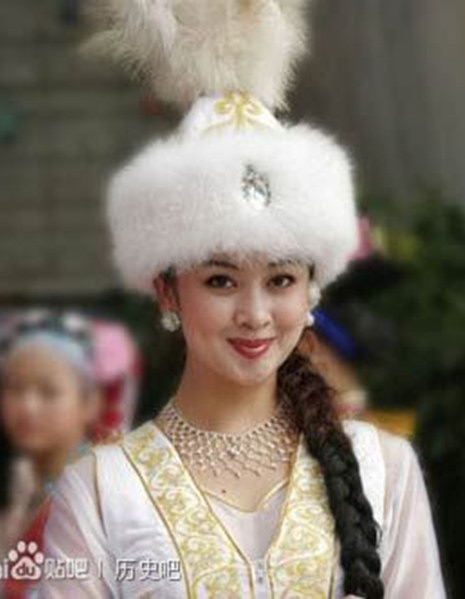
18、黎族
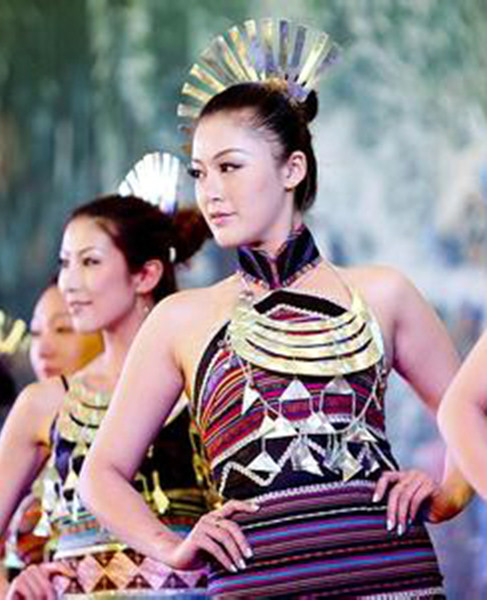
19、傣族
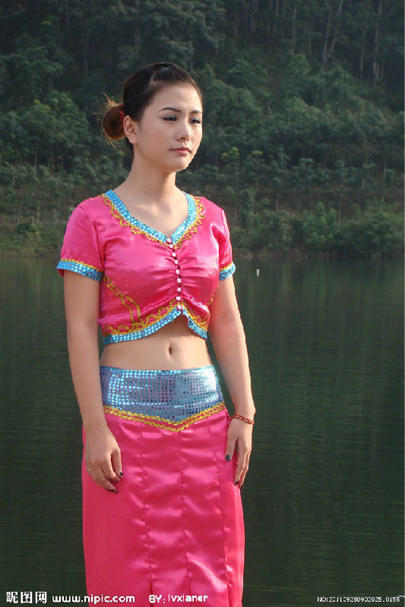
20、畲族
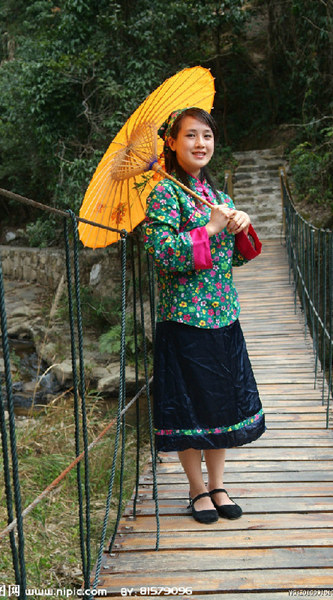
21、傈僳族
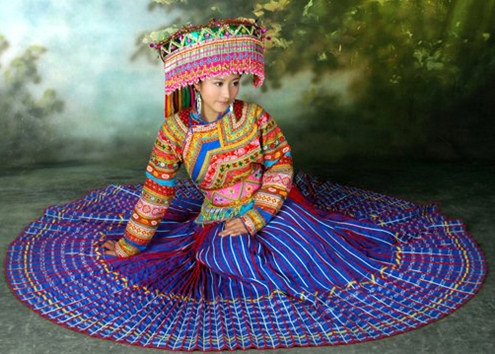
22、仡佬族
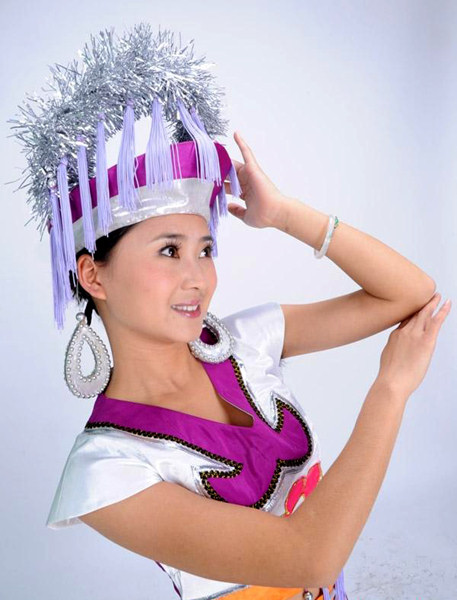
23、东乡族
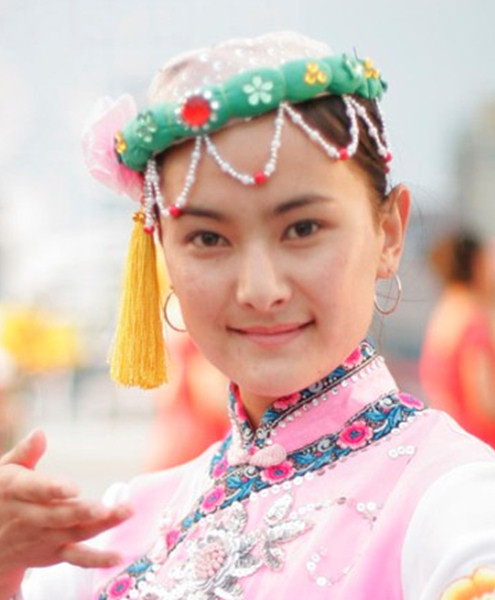
24、高山族
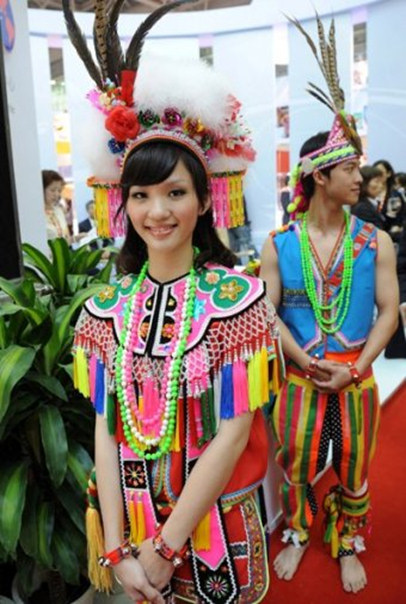
25、拉祜族
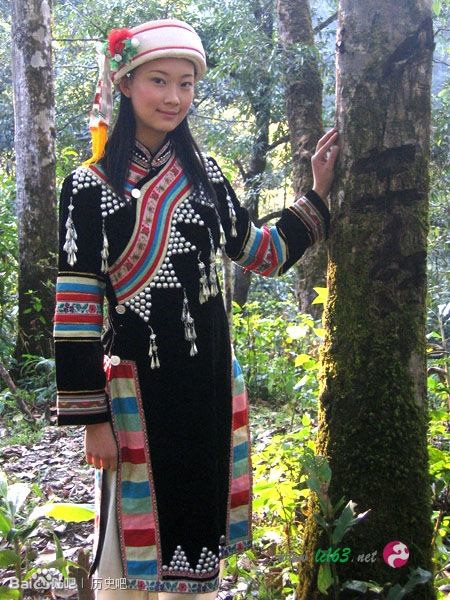
26、水族
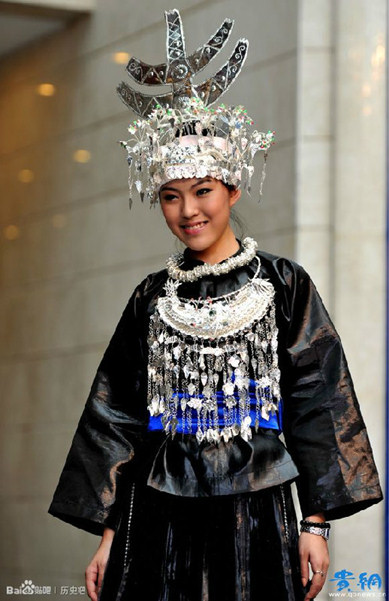
27、佤族

28、纳西族
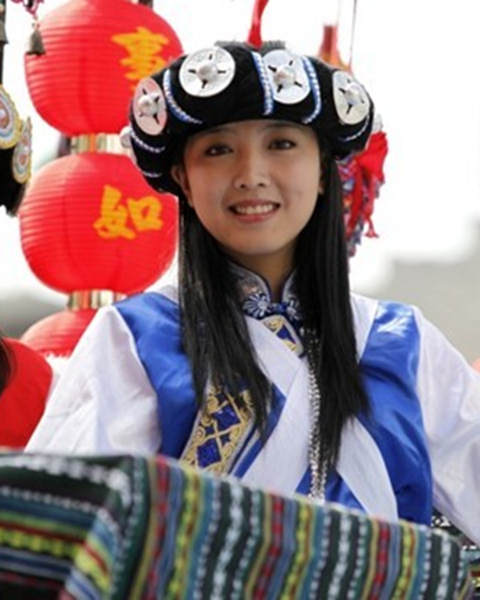
29、羌族
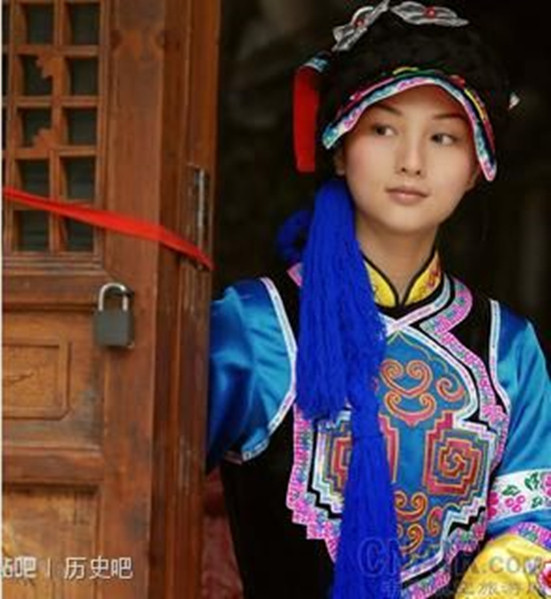
30、土族

31、仫佬族
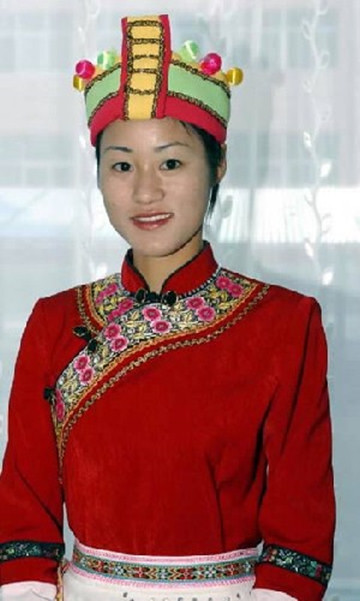
32、锡伯族
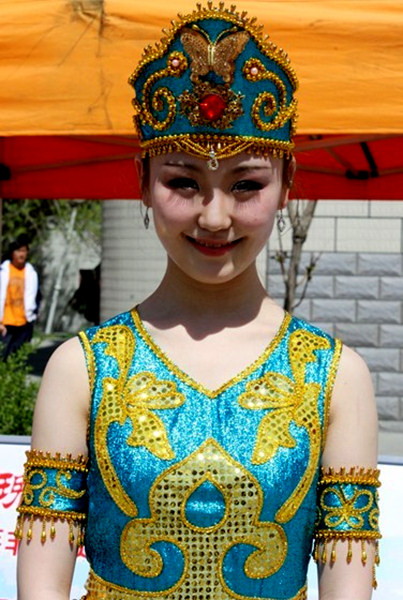
33、柯尔克孜族
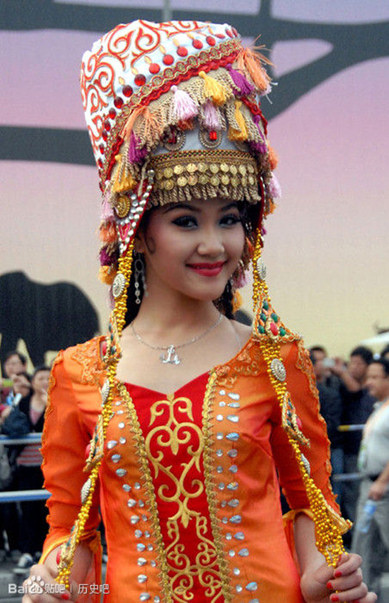
34、达斡尔族
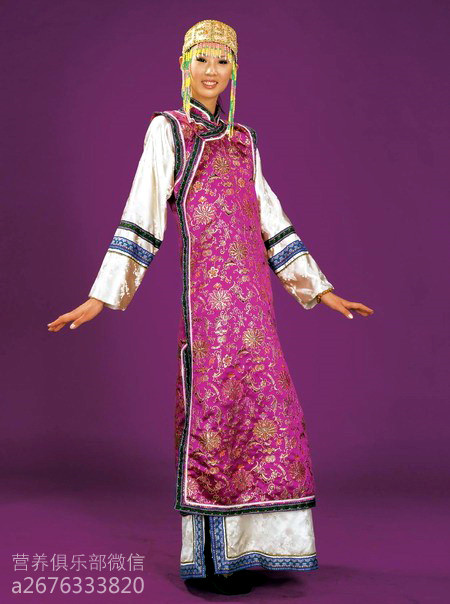
35、景颇族
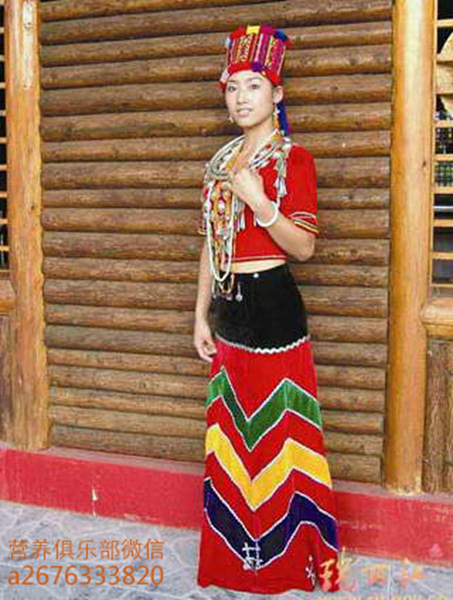
36、毛南族
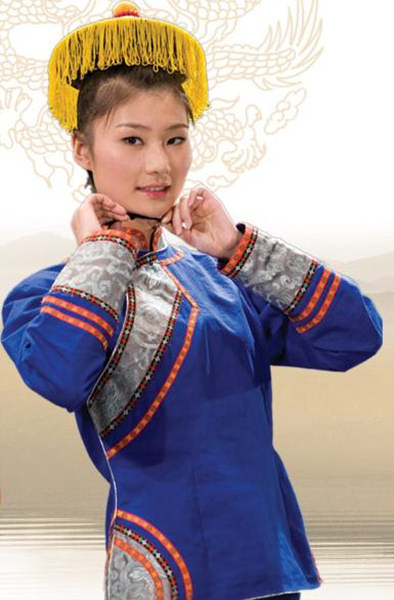
37、撒拉族
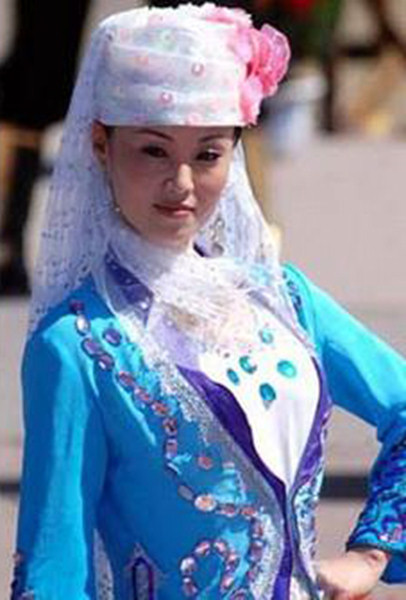
38、布朗族
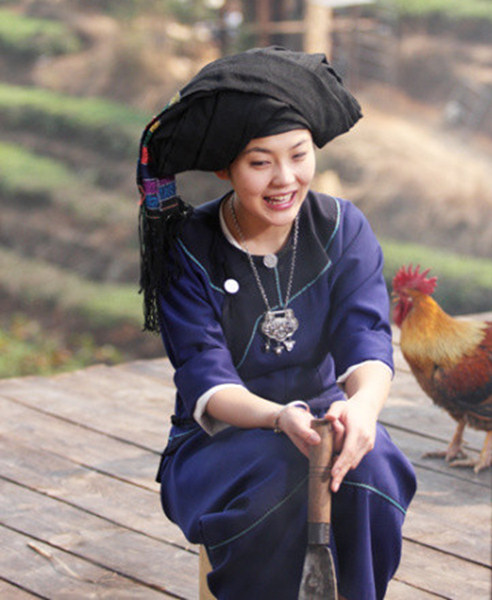
39、塔吉克族
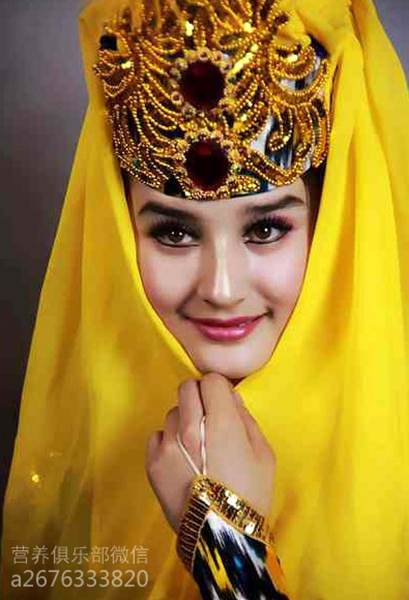
40、阿昌族
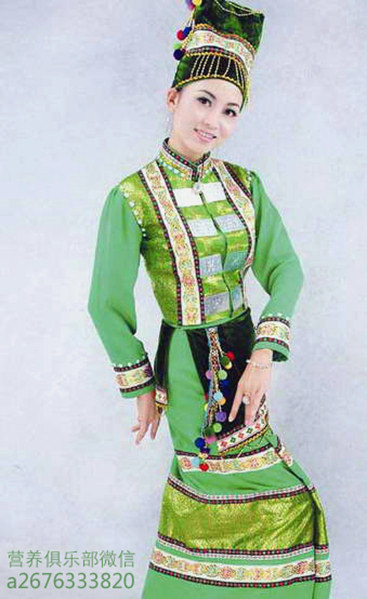
41、普米族
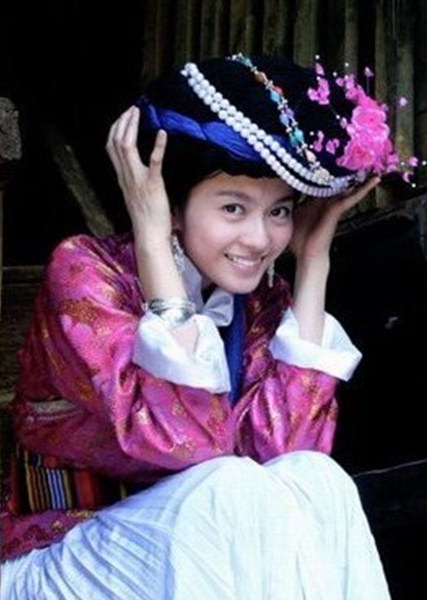
42、鄂伦春族
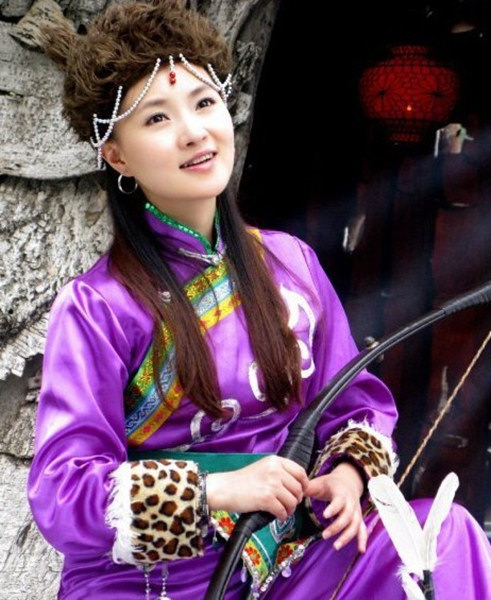
43、怒族
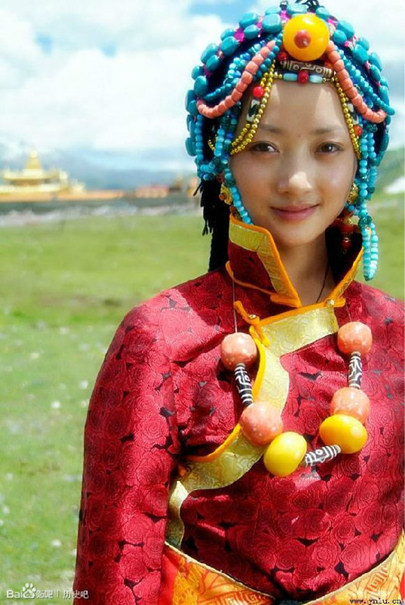
44、京族
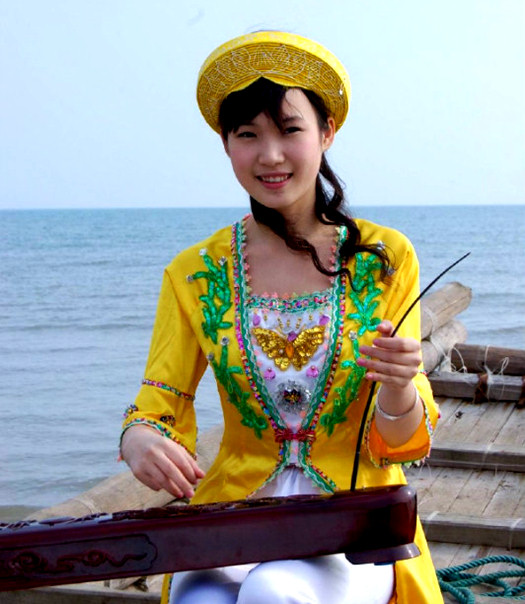
45、基诺族
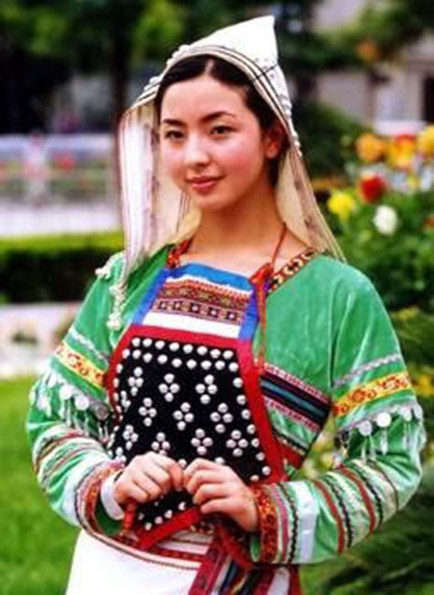
46、德昂族

47、保安族
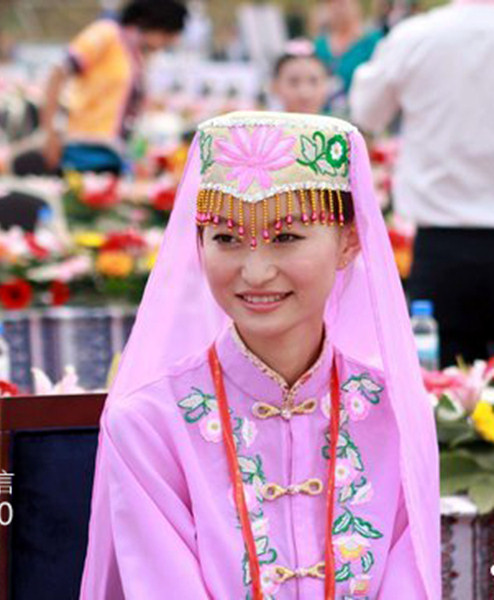
48、俄罗斯族
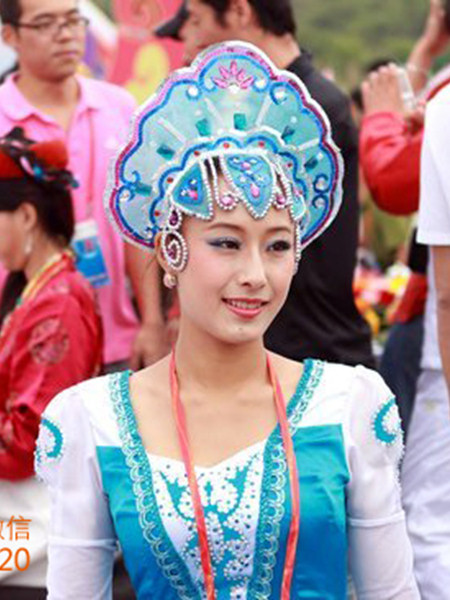
49、裕固族
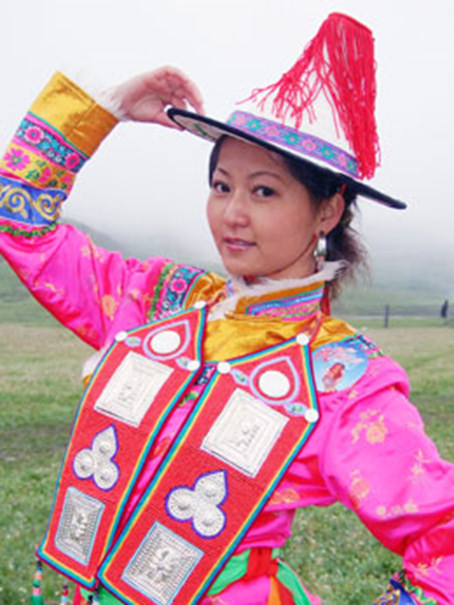
50、乌孜别克族
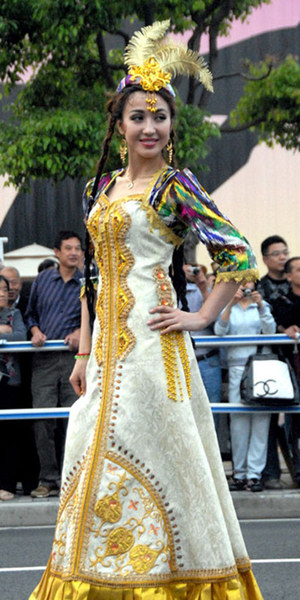
51、门巴族

52、鄂温克族
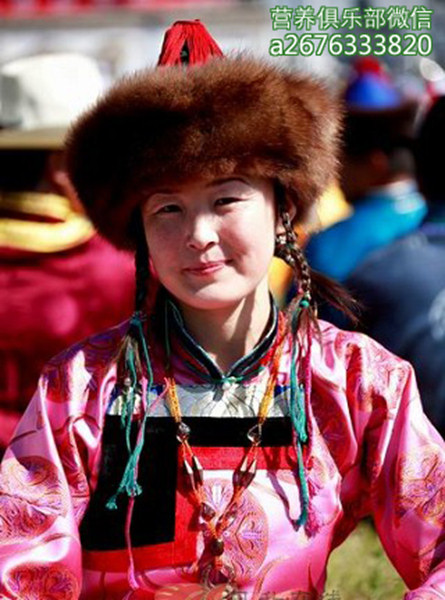
53、独龙族
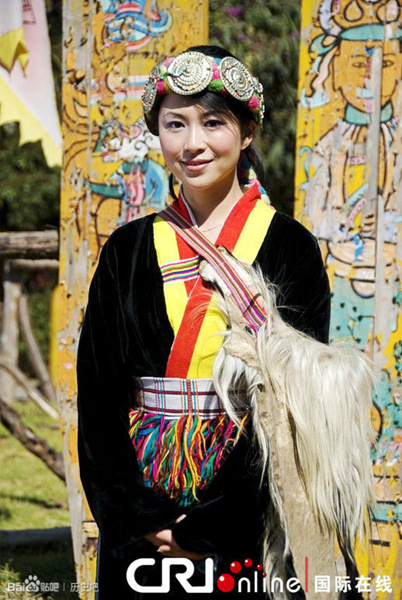
54、塔塔尔族
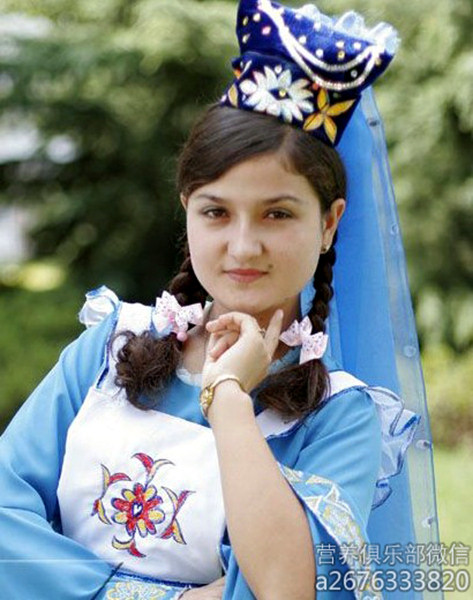
55、赫哲族
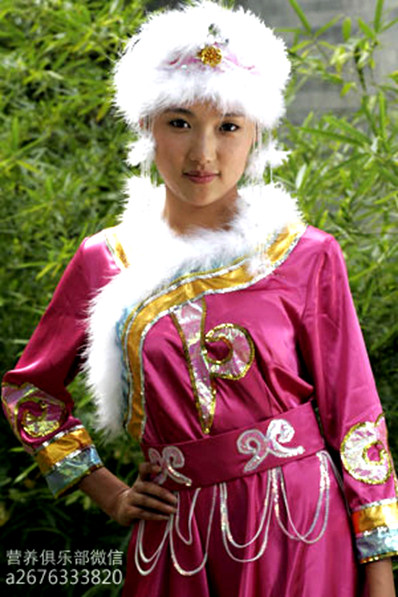
56、珞巴族
